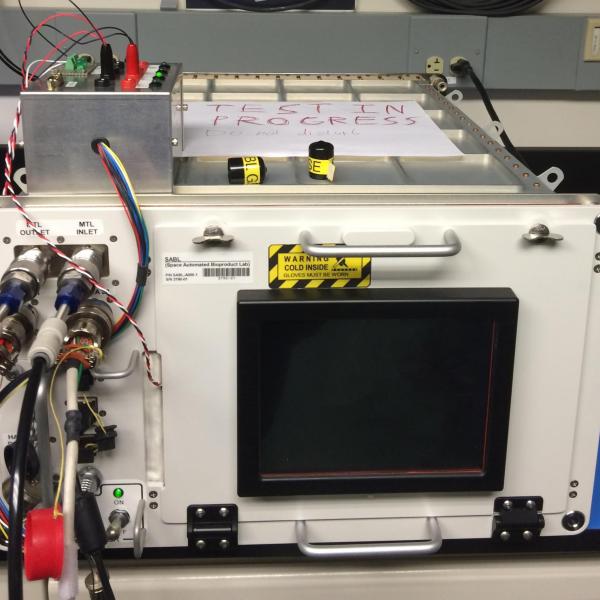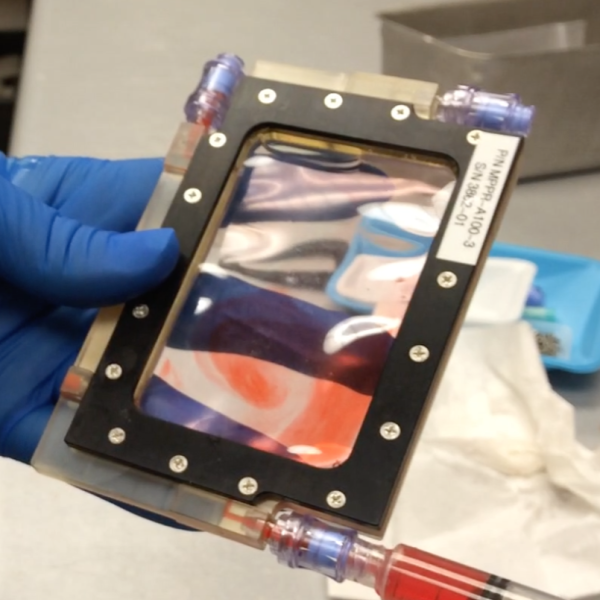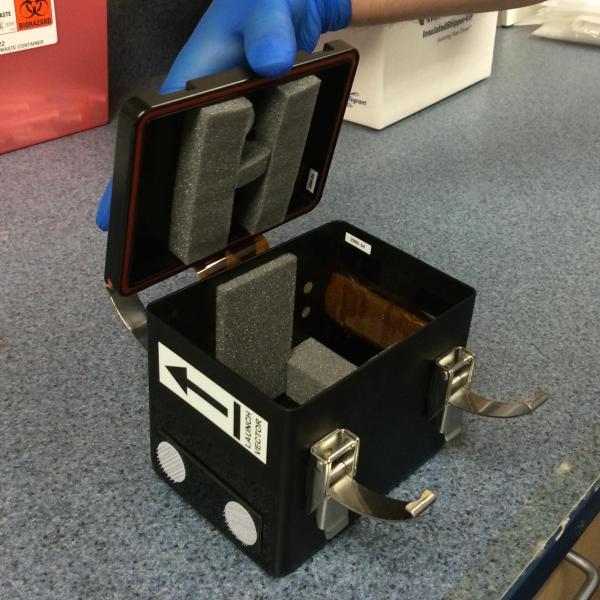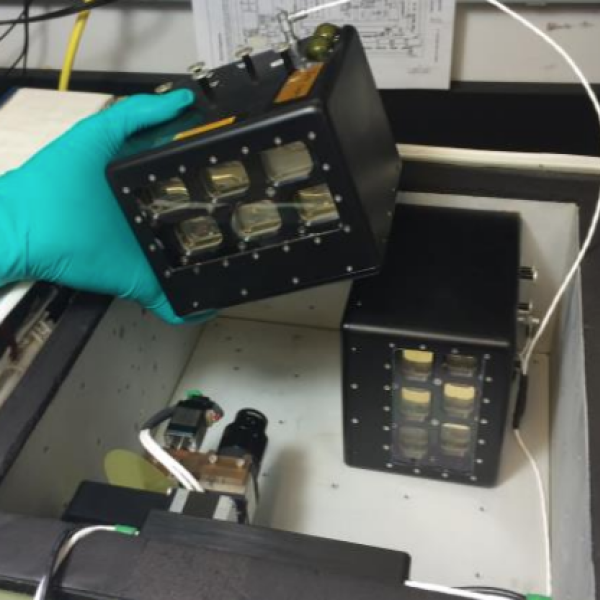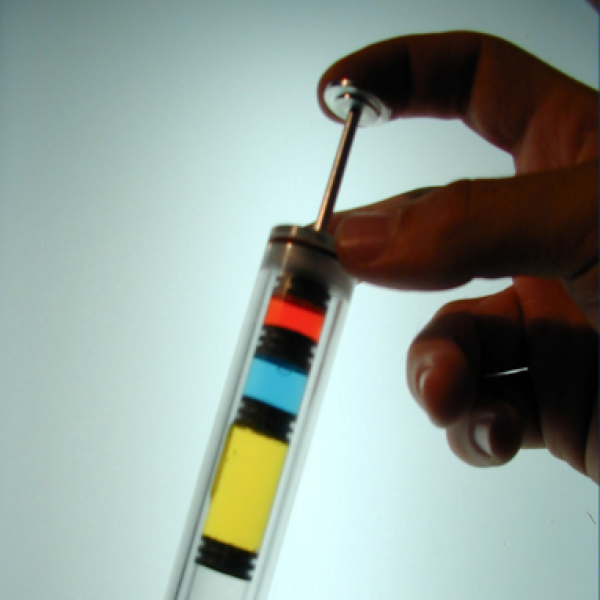Developing Hardware for Space
-Written By: Ari Sandberg, Intern
It's one thing to have a vision for an experiment you would like to conduct on the ISS. It's another to develop the mission-specific hardware to make that experimentation a reality.
BioServe develops hardware for three main purposes:
- Enable microgravity scientific research being conducted by outside individuals and institutions. Past collaborations include Stanford University, Ohio State, University of Arizona and Novartis Pharmecutical Corporation (just to name a few).
- Enable microgravity scientific research being developed in-house.
- Produce hardware that can be used for general purposes aboard the ISS.
Like on Earth, it is essential that cell cultures and biological samples be prepared and maintained in a sterile environment. However, culturing cells in space poses its own unique set of challenges. Without the influence of gravity, handling liquids is challenging. In the abscense of natural convection, it is difficult to homogenously mix different liquids or ensure uniform temperature distributions. In space, liquids become aerated with air bubbles, which, by displacing an unknown amount of volume, make it difficult to determine the quantity of a liquid. This difficulty is made more pronounced by the inability to use scales in microgravity.
With these challenges in mind, BioServe continually develops hardware to meet its scientific objectives. Explore some of the current projects below:


